Since the initial excitement started, it seems like just about every little girl has had one specific wish for their birthday or holiday gift. We’re not talking about Barbie dolls here, even though they are also adored by many girls. What we’re really referring to are the American Girl dolls. These popular toys took the nation by storm and continue to be a major hit amongst kids everywhere. From their flawlessly styled hair to their bright, captivating smiles, the American Girl dolls are every girl’s heart’s desire. They’re more than just dolls; they’re a dreamy phenomenon that has gripped the hearts of countless girls across the nation.
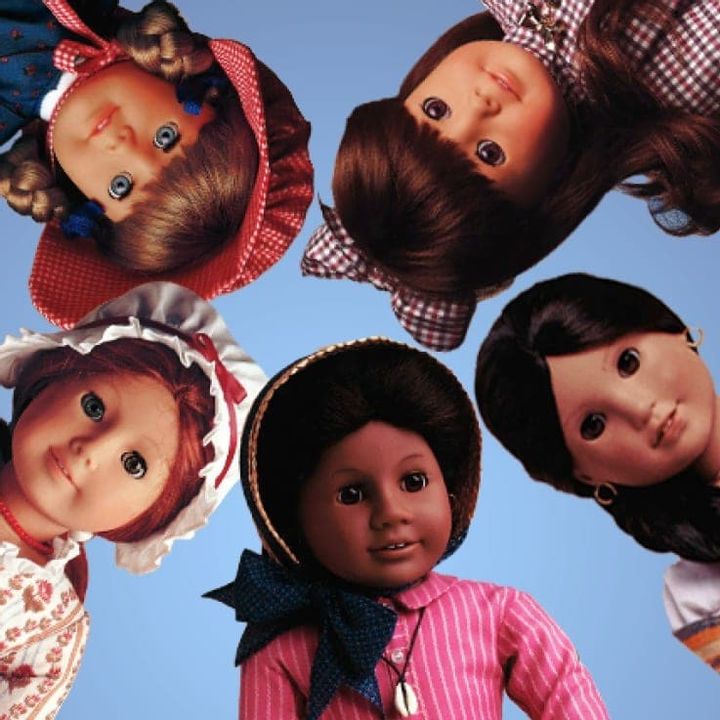
The allure of these dolls, from their meticulously crafted designs to their movie spin-offs and real-looking outfits, is indeed compelling – no wonder their starting price clocks in around $100. This hefty price tag hasn’t dimmed their appeal to girls throughout America, for who unwrapping a gift to find an American Girl doll inside is the realization of a wish. Most people have a passing familiarity with these sought-after dolls, but the brand itself and its backstory are less known, and are full of fascinating details that might surprise you.
The Woman Behind It All
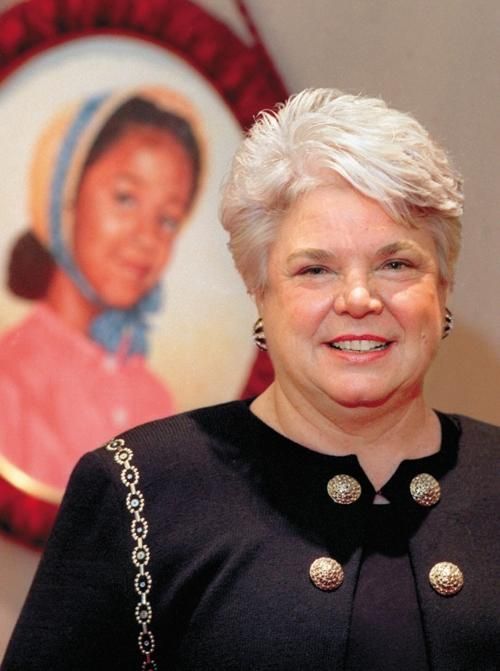
Pleasant Rowland might not be the first name that pops into your mind when you think of a person setting up a whole business devoted to a line of dolls. However, this inventive lady is the brain behind it all. Rowland has undergone several career shifts throughout her lifetime before she landed on the one that did not just bring her the utmost joy but also made her a well-known name. Life has seen Pleasant taking roles of a classroom teacher, news broadcaster, and a textbook author, but it was the spark of entrepreneurship in her that led to her highest achievement: establishing the Pleasant Company. This company is responsible for producing the popular American Girl dolls. These series of career changes not only paved the way for her success but also helped her discover a passion that would eventually make her famous. Though she started as a teacher and then a news reporter, it was her experience as a textbook writer that truly ignited her entrepreneurial spirit and set her on a path towards creating a beloved brand cherished by many.
A Trip to Colonial Williamsburg
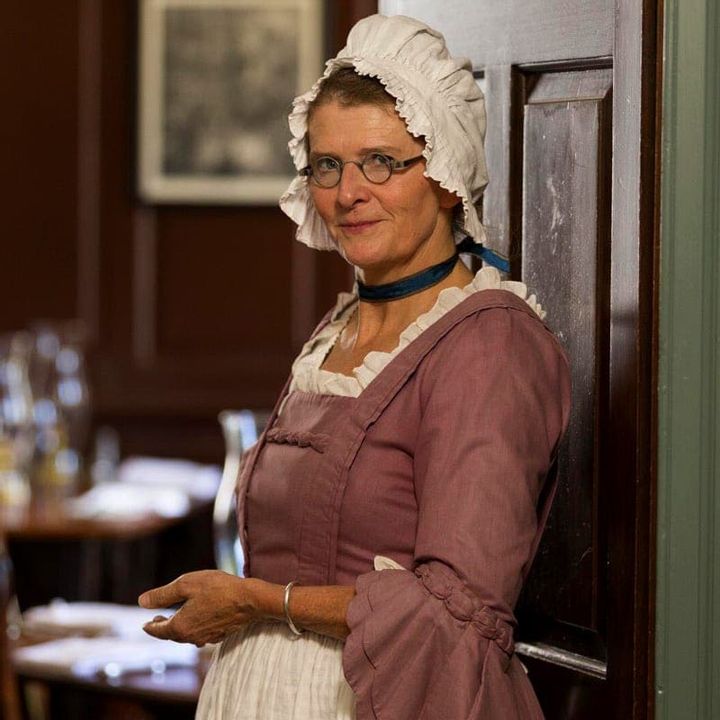
In the year 1984, Pleasant took a trip with her husband to Colonial Williamsburg, a place all about business. Her daughter, Rowland, recalls her mother’s visit as a real eye-opener. Pleasant was intrigued by the historical clothes worn there and the lifestyle, but felt disappointed by the lack of such historical education in American schools. As she sat quietly on a park bench, an idea began to form in her mind about how to share this amazing part of history with everybody else. Fast forward a few months, and Pleasant found herself in a toy store, looking for the perfect doll gifts for her nieces for Christmas. She quickly realized that the only dolls available were Cabbage Patch Kids and Barbie. That’s when the idea really clicked.
Rowland Initially Funded the Company Herself
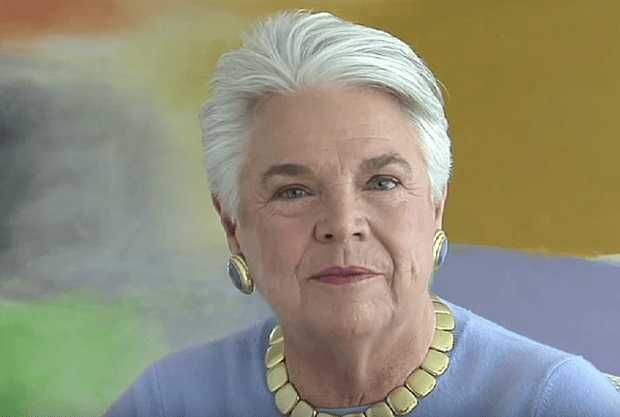
With a spark of creativity, Rowland rushed to share something fantastic with her colleague, the famed writer, Valerie Tripp. Would Valerie approve of her imaginative idea? The concept was captivating: a collection of books about nine-year-old girls, each girl hailing from a distinctive era in history. Plus, there would be a unique doll to present the tale in a more tangible form. Rowland firmly believed that this concept was easily worth a million dollars. With Christmastime of 1986 in sight, she ambitiously aimed to have the doll set completed by then. Having gathered approximately $1.2 million from her textbook sales, she decided to hold onto $200,000 as a safety net in case her venture didn’t go as planned. The rest, she resolved, would be put towards her project, making the decision to self-fund rather than seek external investors. However, Rowland had yet to realize the daunting hurdles awaiting her down this path.
Everyone Thought It Was Crazy

Rowland and Tripp found themselves in over their heads because neither of them had any experience making dolls or designing their historically accurate outfits. Despite this, Rowland was far too determined to let this setback stop her, so they started on a mission to get things right. Using a German doll design as a blueprint, they began their venture. Many refused to believe that this endeavor would succeed. Even Tripp had her reservations and second thoughts about the viability of their strategy. Critics voiced out their skepticism, mentioning that the high price they put on their dolls was too much, and their plan to go up against the already established Barbie was madness. Regardless of such skepticism, they decided to give it a shot.
But It Was an Instant Success
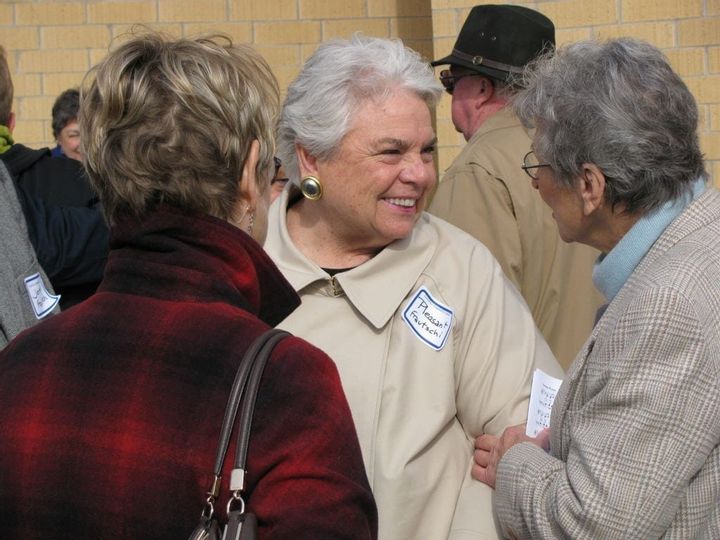
In the face of typical retail strategy, Pleasant Rowland decided to take her doll/book combination in the direction of mail order catalogs, away from the likes of traditional toy outlets such as Toys ‘R’ Us. This was to be a mail-exclusive sale, a concept that earned her warnings from various voices who thought it would be a failure. They suggested she limit the risk by producing only a 100,000 catalogs. However, Pleasant Rowland proved her mettle and decided to go all out with half a million catalogs. As history now knows, her strategic gamble bore fruit, with profits touching approximately $1.7 million within just a span of three months from September to December 1986. This initial success became the stepping stone to a saga of triumphs, making the company a strong player in its field. The success story more than silences all those who doubted Pleasant Rowland’s unconventional direction.
Not Just Dolls and Books
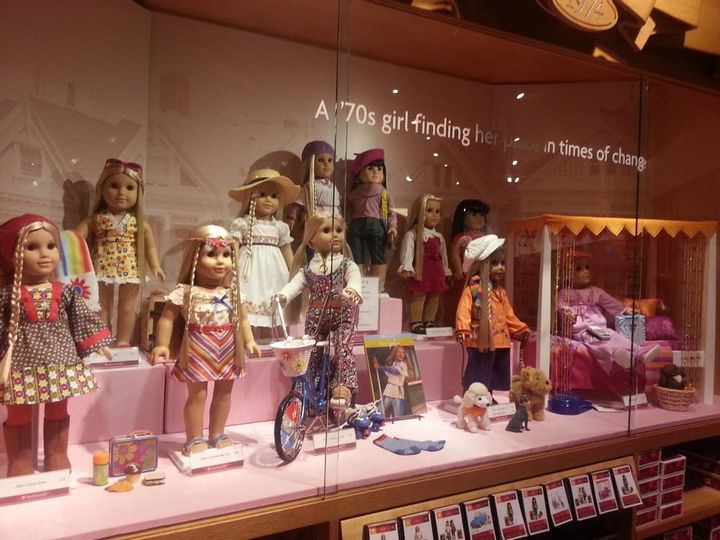
Rowland’s business started with the name Pleasant Company. Today, it’s known far and wide as the American Doll brand. From its humble beginnings that were all about creating dolls with a keen historical accuracy, it has transformed into a thriving multimillion-dollar company. Its main hub rests in Middleton, Wisconsin, but its presence reaches far and wide with stores and outlets scattered everywhere. What’s interesting is that they not only manufacture and sell dolls and books, but have also branched out into producing films and magazines. They’ve even established boutique shops, all of which revolve around the much-loved doll characters and their individual stories.
It Started With Just Three Dolls
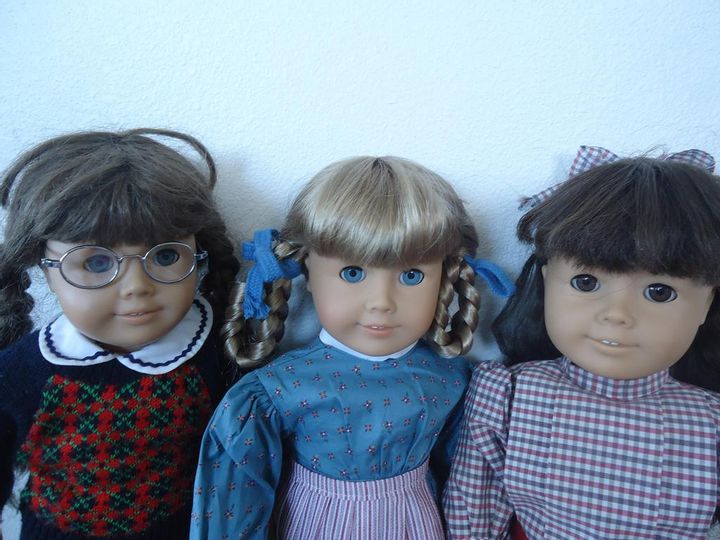
American Girl dolls, though they are numerous now, started with just three unique personalities. Kirsten Larson was a symbol of the everyday life on the American prairie during the 1850s, dressed in a light blue dress and a red checkered apron that had been passed down to her. Samantha Parkington, an orphan, represented what life was like at the dawn of the 20th century. She was brought to life thanks to Rowland’s niece who was fascinated by stories of orphans. Finally, we have Molly McIntire, who dwelled during the era of World War II, and interestingly, she was the only doll among them to necessitate glasses.
Taking From Real Life Experiences
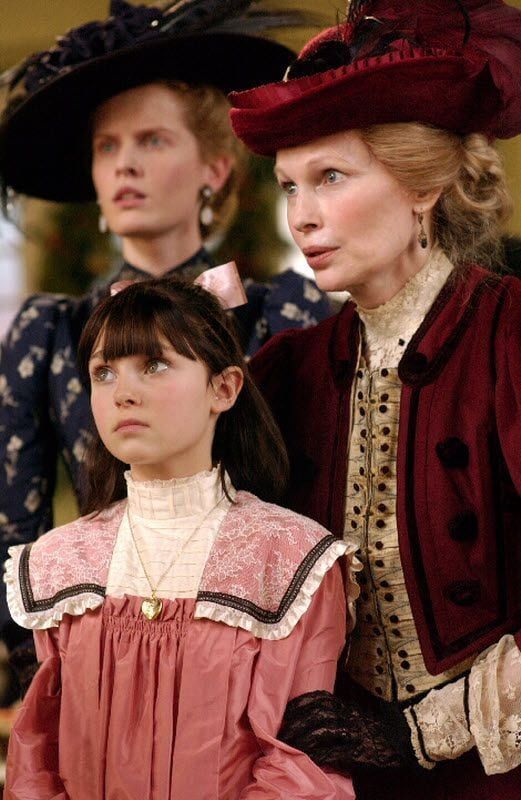
Tripp and Rowland didn’t just design the first three dolls together. They also came up with a unique backstory for each one, which they carefully explained in their books. This includes every doll that they have ever created, right up to today. Tripp shared that the authors drew a lot of inspiration from their own lives when creating these stories. In fact, many incidents in the books sprang from their personal experiences, childhood memories, or from real situations they had encountered. They even created characters based on real people sometimes. This is the magic behind their unique dolls – giving them a life and story of their own.
It Takes Years to Develop Each Doll
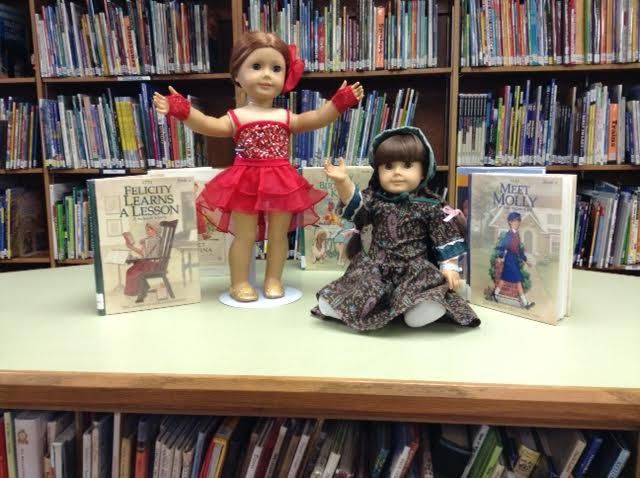
From the looks of things, there’s an immense amount of effort required to ensure that each doll, each character and each book is just right. Historical fidelity is cardinal to Rowland, which makes thorough thinking and extensive research an integral aspect of the process. Surprisingly, it takes close to two or three years to introduce a new American Girl character. This timeframe entails creating the doll, deciding on their names, crafting their stories, writing their accompanying books, and designing their attire. While it seems like a considerable amount of time being dedicated to a doll, they wouldn’t possess their unique charm without such an impressive degree of attention to detail.
The Company Is Over 30 Years Old
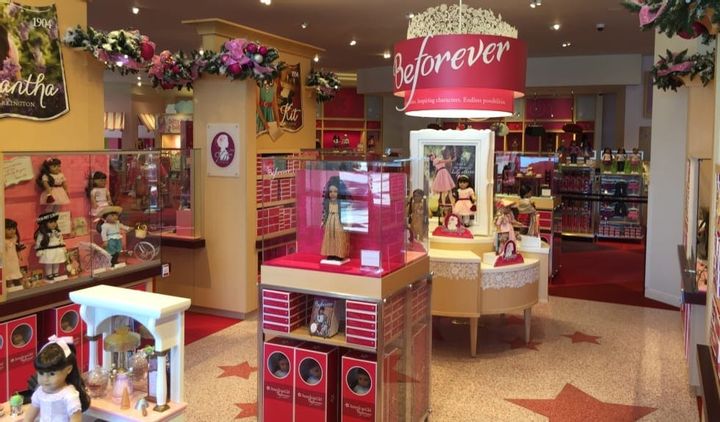
Since 1986, when the American Girl dolls company was established, it has enjoyed tremendous success. Every milestone achieved amazes people even more since there were speculations at the company’s inception that it wouldn’t last. Contrary to those early beliefs, the company continues to thrive over 30 years later. To this day, American Girl dolls are still being made and sold in several locations across the U.S., with one each in Canada and the U.A.E. What began with only three characters has now grown to over 20, each of these dolls bearing a special and unique narrative of their own.
Rowland Battled Cancer
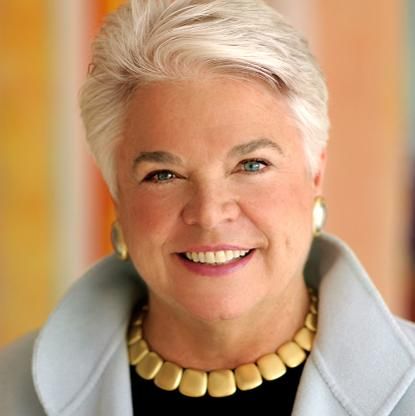
Think of Pleasant Rowland as a woman with an immense sense of determination and drive. Saying she is hardworking feels like it’s not enough to define her resilience. After only two years into the journey of establishing her business, she was diagnosed with breast cancer. The odds were not in her favor, yet she continued to strive. On the day of shifting her company’s warehouse, she had the strength to inaugurate the new building in the morning, then bravely walked into the operation room that afternoon. Even as she underwent rigorous chemotherapy and radiation treatments, she didn’t miss out on a single work day, proof of her unbreakable spirit.
She Sold the Company
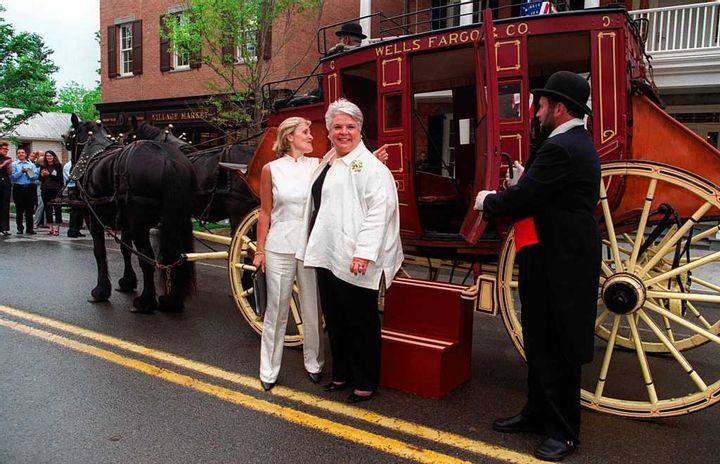
By the time 1998 rolled around, Rowland felt she had accomplished what she had wanted to and was quite tired. She felt it was the right time for a change and strategically made the decision to sell her company. Interestingly, she chose the same company that made the popular doll, Barbie, to entrust American Girl with. Despite the intriguing irony of selling to the makers of Barbie, Rowland held a lot of respect for the company and their successful management of Barbie’s brand. She was confident that American Girl would be well taken care of. The transfer of ownership did not come cheap, Rowland agreed to sell for a whopping $700 million.
The Second Best-Selling Toy in the U.S.
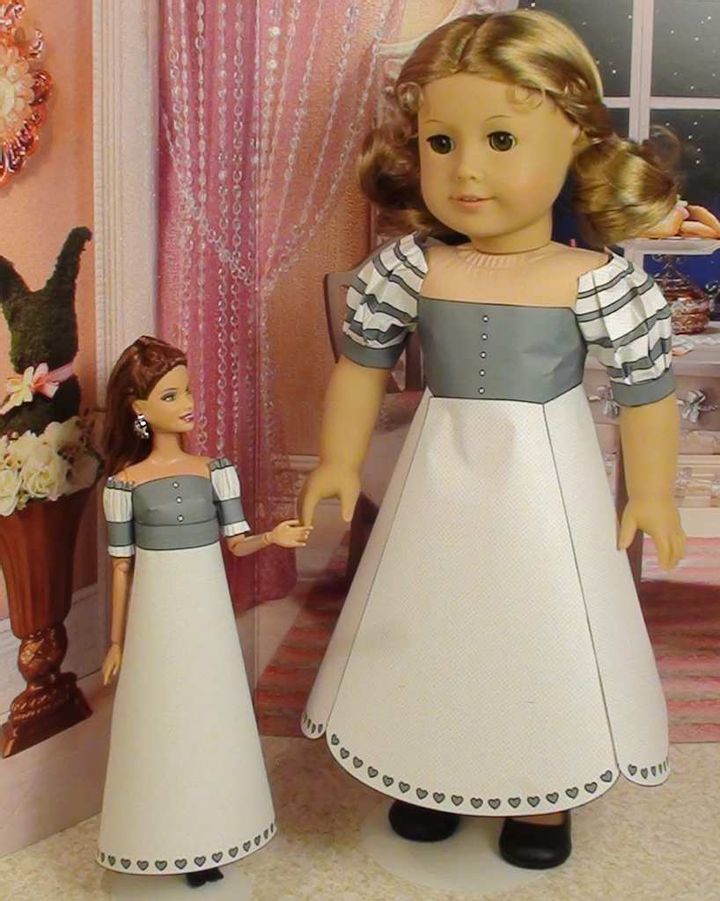
After selling her company, Rowland must have felt satisfied seeing how American Girl flourished. Her faith in the new owners was not misplaced, and her brainchild is now the second top-selling toy in the U.S. You might ask, what’s the top seller? Well, it’s none other than Barbie dolls. Yes, Rowland, who was cautioned about impending failure, nearly matched the success of the very company some thought would be her ruin. It stirs curious thoughts, doesn’t it, whether Rowland ever imagined her brand would come so close to Barbie. Sure, it’s not the top spot, but it’s still a mammoth achievement in its own right.
More Books Than Dolls Have Been Sold

Just how big of a deal is American Girl? Well, since the year of 1986 over 32 million dolls have been sold by the company via their catalogues, physical stores, and their online website. This fact isn’t that surprising if you think about it. I mean, who among us doesn’t know at least one little girl who proudly owns an American Girl doll? But what really stands out, you ask? It’s the sheer number of books sold by the company. Thanks to Rowland’s foresight to include books in the package, they have managed to sell a whopping 157 million copies, which is even more than the dolls they sold!
American Girl Donates Millions to Charity

Even though it’s clear that the company is making a lot of money, they’re not just keeping it all for themselves. Yes, they’re raking in millions, but that doesn’t mean they’re not generous in their giving. In fact, American Girl has given way more than $125 million to worthy causes since 2019 – and that’s counting their cash donations and the value of the products they’ve donated. They’ve given gifts to charities that work for children, organizations that want to build up leadership qualities in girls, and even charities that are trying to put an end to homelessness. So you see, it’s quite amazing that what was once just a dream born in Colonial Williamsburg is now a company that makes – and donates – millions.